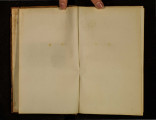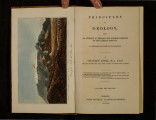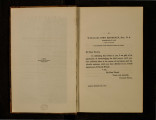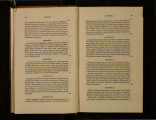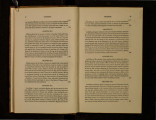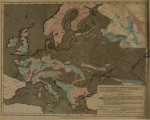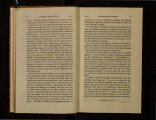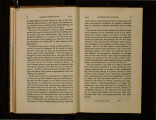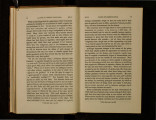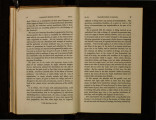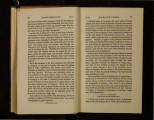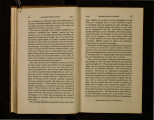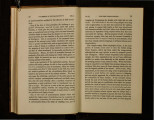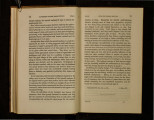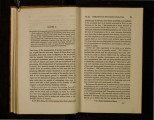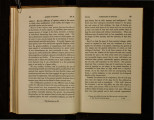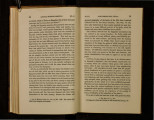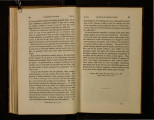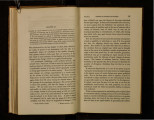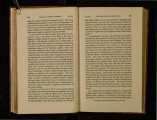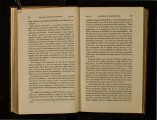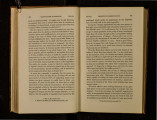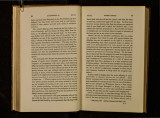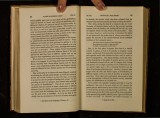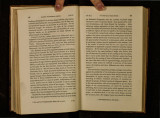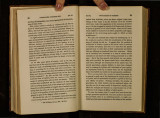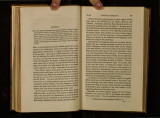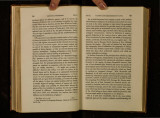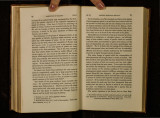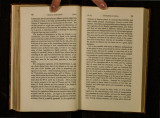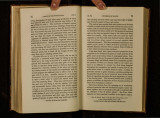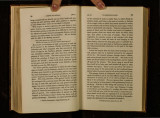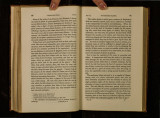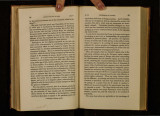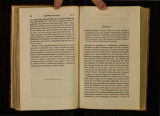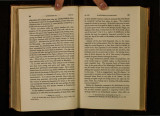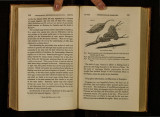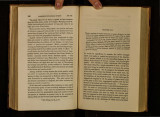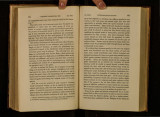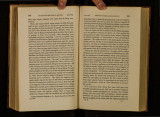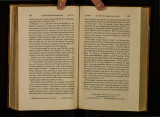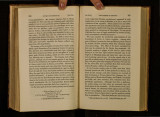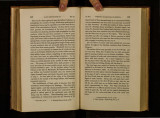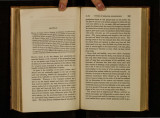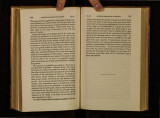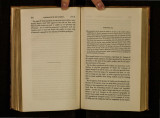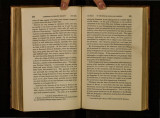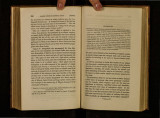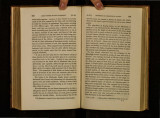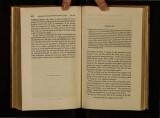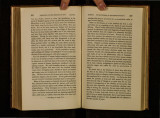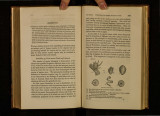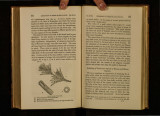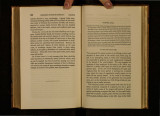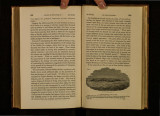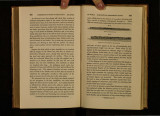| OCR Text |
Show 19~ VEGETATION NO COUNTERPOISE [Ch. XII. . h ther oraam•c or m• ort:a> an ic ' will be the mea.s ure1 of roams, w e t:>. h d of torrents in the Hima aya d a dation wlnch t ousan s . . the et:>. ra and many ri.v ers of other parts of Indm, brmg mounta. msa, s.m ale year. E ven in this case it will be found down m o ~ . f vegetation can merely be con-h t t1 sum of the 10tce o . d t 'da dl e 1 aving been m. as1 I. g ht degree conservat.t ve, retar - s1 ere as 1 < d d t acting as an antagomst power. . h te of Ian ' an no . mg t e was f the doctrine whiCh we are now B t t1 untenable nature o . h u 1 e. be set in a clearer light by examimng t e controvertmg may h' £ ce on which it is declared that t tate of the eart s sur a ' presen. s l ulable mass of so 1I' d matter is thrown down . year '' an Inca c . h er as to form a counterpoise to " 10 sue a mann after year' I . t a fact that the vegetable mould the agents of decay. ! It ~o t in thickness and that it often . ld re than a 1ew 1ee ' . IS se om mo d a few m. eh es ·? Do we find that 1ts volume ~oes ~ot ex~~e . ble on those parts of our continents which we IS mOie consl eta 1 . l data to have been elevated at more can prove, by geo ogiCa h' h been the greatest time . . ds and where t ere as ancient periO ' . f ve etable matter, produced through-for the accumulatiOn. o g chs? On the contrary, are not out successive zoological ~po f ently denuded, so as these hio·her and older regwns more requ d . :> t:> k to the action of the sun an air. to expose the ~are roc . d where the growth of plants is Do we find m the torn zone, . f matter due to their d 1 · us that accesswns o most rank an uxuno ' h .r f the land? On icuous on t e surlace o agency are most consp h h . the vegetation is most active · it not t ere w ere the contrary, IS 1 . d . the next chapter, even that, for reasons to be exp ame lkn n which cover a large fi . l t mosses are un now those super c1a pea ? If the operation t f our temperate zone area in some par s o '£ ld store to the general sur· of animal and vegetable h e ~ou f reh l ments of those dis-t. t a portion o t e e e face of the con men s asses are swept d k f which such enormous m d integrate roc s, o . 1 r river-courses an . th a alona parucu a down annually mto e se ' t:> b ere now most 1 ffi ts would have ecome lines of coast, tle e ·ec . d f the most leading d ld have constitute one 0 striking; an wou . . f our contiJlents. features in the structure and composltlon o Ch. XII.] TO TilE LEVELLING POWER O:t' WATER. 193 All the great steppes and table-lands of the world, where tl1e action of running water is feeble, would have become the grand repositories of organic matter, accumulated without that intermixture of sediment which so generally characterizes the subaqueous strata. Even the formation of peat in certain districts where the climate is cold and moist, the onJ y case, perhaps, which affords the shadow of a support to the theory under consideration, has not in every instance a conservative tendency. A peat-moss often acts like a vast sponge, absorbing water in large quantities, and swelling to the height of many yards above the surrounding country. The turfy covering of the bog serves, like the skin of a bladder, to retain for a w bile the fluid within, and a violent inundation sometimes ensues when that skin bursts, as has often happened in Ireland, and many parts of the continent. Examples will be mentioned by us in a subsequent chapter, where the Stygian torrent has hollowed out ravines and borne along rocks and sand, in countries where such ravages could not have happened but for the existence of peat. Here, therefore, the force of vegetation accelerates the rate of decay of land, and the solid matter swept down to lower levels during such floods, counterbalances, to a certain degree, the accessions of vegetable mould which may accrue to the land by the growth of peat. We may explain more clearly the kind of force which we imagine vegetation to exert, by comparing it to the action of frost, which augments the height of some few Alpine summits by causing a mass of perpetual snow to lodge thereon, or fills up some valleys with glaciers; but although by this process of congelation the rain-water that has risen by evaporation from the sea, is retained for awhile in a solid form upon the land, and although some elevated spots may .be protected fl'Om waste by a constant covering of ice, yet by the sudden melting of snow and ice, the degradation of rocks is often accelerated4 Although every year fresh snow and ice are formed, as also more vegetable and animal matter, yet there is no increase; VoL. II. 0 |




